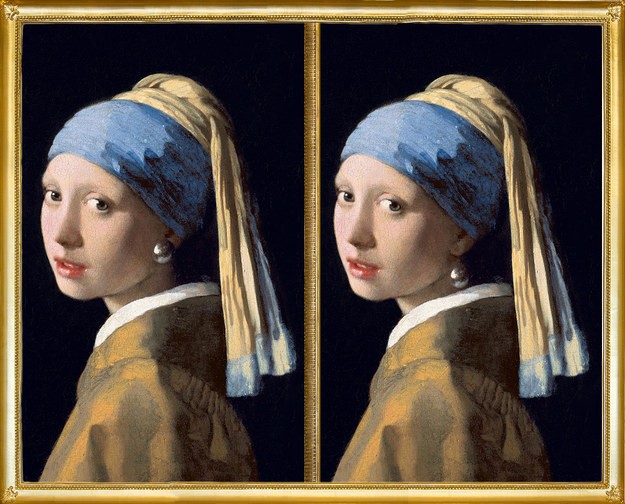
Art can be a lot of different things. It can be subtle or drastic, soft or offensive, concrete or abstract. Art can be a delicately crafted performance intended to shock or make one quietly ponder. It can be a beautifully spun canvas of color, or an image that hurts to look at. Art is different to everybody who encounters it. However, most will agree that art is and must always be original.
Reproductions are naught but the currency of the dull. Sure, some may argue that, “Plagiarism is necessary, progress implies it,” however, what I am talking about is straight up forgery.
It would be difficult to find any individual within the art community that would make the statement that forgery is pure art in and of itself. However, Wolfgang Beltracchi, who is perhaps the most financially successful art forger of the 21st century, argues just that. Beltracchi, who was discovered in 2010 of forging works of art for over 40 years, states that, “In my thoughts, I created an original work, an unpainted painting by the artists of the past.” He further claims to be one of the most exhibited artists in the world, whether people know it or not. Spending only 3 years in prison, Beltracchi now sells his own work which has begun to earn him a seven-figure sum.
However, Wolfgang Beltracchi is far from the only individual to trick the art world into accepting their reproductions as true, and become famous for it. This trend is seen multiple times, and is even an integral part of art history. Michelangelo, one of the most well-known artists of all time, got his start as a forger, using techniques to age sculptures to up their price. Though eventually adding to his fame, Michelangelo continued to be known for stealing other artists works, replicating them, and placing the forgeries back in the artist’s collection.
So, can forgeries be but an extension of art? Of course, nobody argues that such skilled reproductions aren’t the result of immense talent and technical ability, but are those two things alone enough to be considered that hard to define thing we call art? Most forgeries are created for financial benefit, not to create or invoke emotion as most in the art world argue is art’s intention. One must look at the motivation and the result, which is often financial, and then ask the question, how is a forger any different from the “street” artist Shepard Fairy who is worth 15 million dollars? Can one be called an artist and the other an imposter?
The mere existence of forgers, and the fact that they have existed for hundreds of years, call the entire art world and its legitimacy into question. How many people have stood and fawned over great works of art, discussing the brilliant brush strokes or the subtle use of color, and not realized that they were looking at something created by a nobody? Or how many people have looked at Michelangelo’s greatest pieces and never pondered on whether they were actually his own concepts. Would it really matter? And what of the artists whose works have been replicated and forged, perhaps they were would be the experts on the subject. Forger Ken Perenyi thinks he knows what they would say, “I’m convinced that if these artists were alive today, they would thank me. I’m somebody that understands and appreciates their work.”
However, this concept is problematic. Artists are venerated for their ability to show the world in a new and innovative way. Taking that away from them, and shining light on these works, disrupt the integrity of art, and the originality of the artists. Not only are there financial repercussions for innocent individuals, but there are deeper potential consequences for the concept of art itself. However, no matter one’s take on forgery, whether it is simply crime or an elevated form of artist appreciation, there is no denying that plagiarism and heavy influence has played a role in shaping the art world. Furthermore, forgeries, while perhaps not adding to the art world, are impressive displays of artistic ability. As Beltracchi states, “The trick is to paint a picture that doesn’t exist, and yet that fits perfectly into an artist’s body of work.” That, while criminal and potentially artistically offensive, is perhaps its own kind of art.







